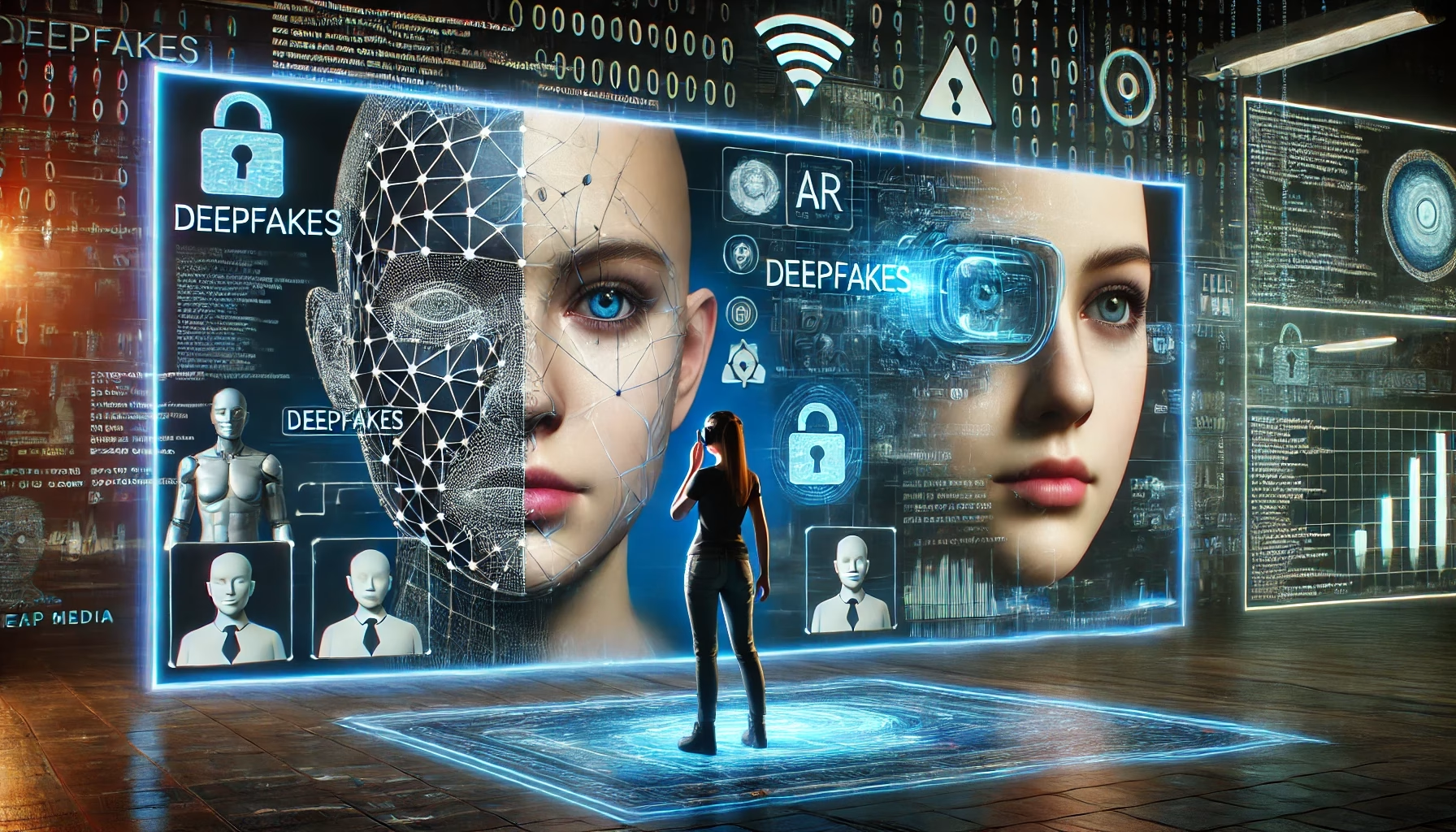Introduction
The line between real and fake is rapidly blurring. In a world where artificial intelligence can mimic human voices, replicate faces, and create entirely fictional events, we find ourselves entering the era of synthetic media. Among the most controversial and powerful examples of this new technology are deepfakes — hyper-realistic videos, audios, and images generated or altered using AI.
While deepfakes open exciting creative possibilities, they also raise serious ethical, legal, and social concerns. This blog explores the growing influence of AI-generated deepfakes, their dangers, and how thoughtful design and regulation can ensure this technology is used responsibly.
—
What Are Deepfakes?
Deepfakes are a form of synthetic media created using deep learning algorithms, especially generative adversarial networks (GANs). These tools can realistically swap faces in videos, generate speech that sounds like real people, and even create completely fictional personalities.
Initially used for entertainment or satire, deepfakes have now evolved into tools used in:
Misinformation campaigns
Celebrity scams and fake endorsements
Cyberbullying and revenge porn
Political manipulation
—
The Rise of Synthetic Media
Tools like OpenAI’s Sora, Runway ML, and Descript Overdub are making it easier for anyone to generate high-quality synthetic content. While these tools are revolutionary for content creators and educators, they also make it easy to spread convincing fake news or defame individuals.
In the wrong hands, deepfakes become weapons.
—
Ethical Concerns of Deepfakes
1. Consent and Privacy
Most deepfakes are created without the subject’s knowledge or permission. This breaches personal privacy and identity rights, especially when used in non-consensual adult content or impersonation.
2. Trust Erosion
Deepfakes threaten to collapse public trust in media. If any video can be faked, how do we trust what we see online?
3. Political Manipulation
Fake videos of politicians saying or doing damaging things could spark unrest, damage reputations, or even influence elections.
4. Psychological Harm
Victims of deepfakes often suffer emotional trauma, especially when their image is used in sexually explicit or violent content.
—
The Role of Ethical Design
To address these risks, ethical design principles must be embedded into AI development:
🔒 Built-in transparency: All deepfake tools should clearly watermark or label AI-generated content.
⚠️ User verification: Platforms should verify identities of those generating potentially harmful media.
🔍 Detection tools: Developers must also create AI to detect deepfakes, not just generate them.
🧭 Ethical guidelines: Organizations and researchers must follow clear codes of ethics for synthetic media.
—
Global Regulation: A Legal Gray Zone
Laws around deepfakes are still evolving, and vary widely across countries:
🇺🇸 USA: Some states ban non-consensual deepfake porn and deepfakes in elections.
🇪🇺 EU: The AI Act proposes strict regulation on high-risk AI, which may include deepfakes.
🇨🇳 China: Requires watermarks on AI-generated content and registration of real identities.
There is a growing call for international standards to regulate synthetic media, similar to those for nuclear or biotech research.
—
The Way Forward: Tech for Good
AI isn’t inherently evil — it’s how we use it that matters.
Here’s what needs to happen next:
Education: Teach the public how to spot deepfakes and question digital media.
Platform accountability: Social media sites must be legally required to detect and flag fake content.
Collaborative governance: Governments, AI companies, ethicists, and citizens must work together to build safe, creative uses of synthetic media.
—
Conclusion
Deepfakes are more than just a tech trend — they’re a social challenge that demands urgent attention. As AI-generated media grows more sophisticated, we must invest just as deeply in ethics, detection, and regulation.
The future of truth in a digital world depends on how we respond today.






